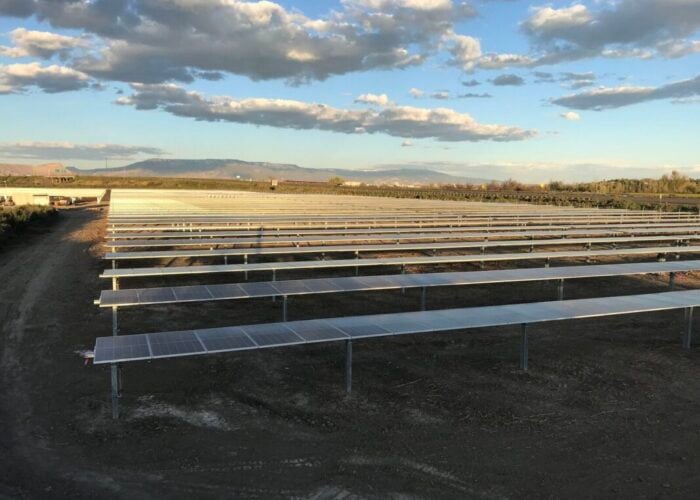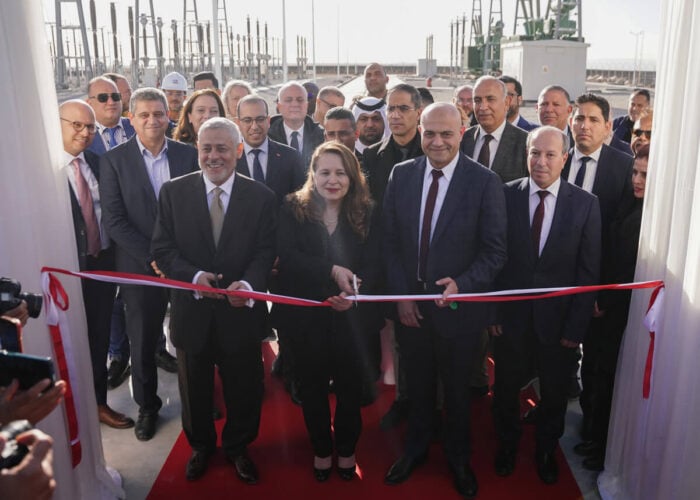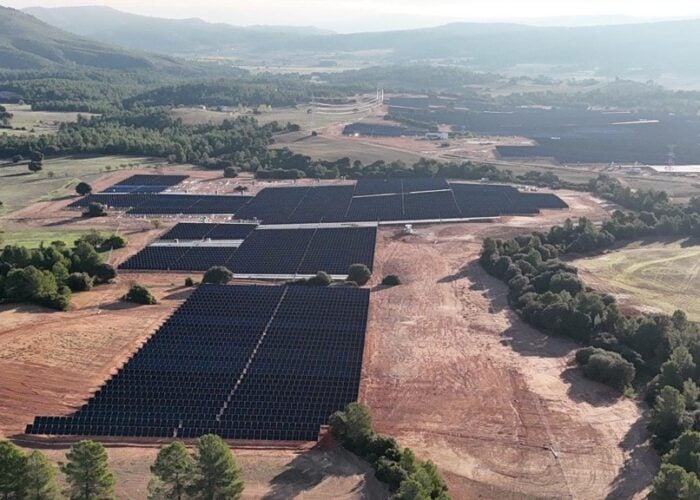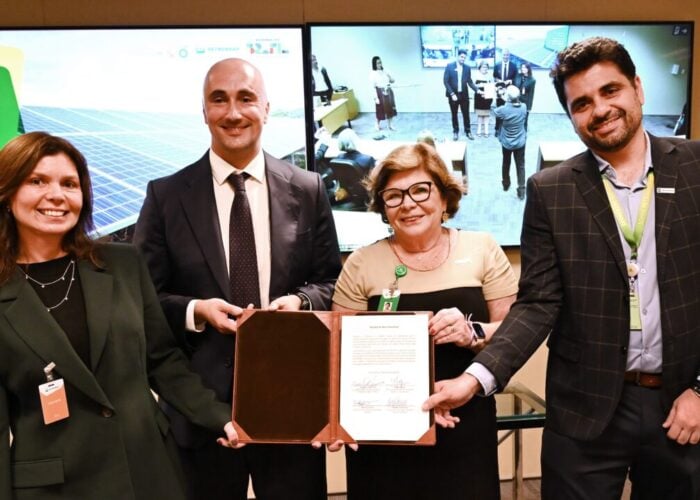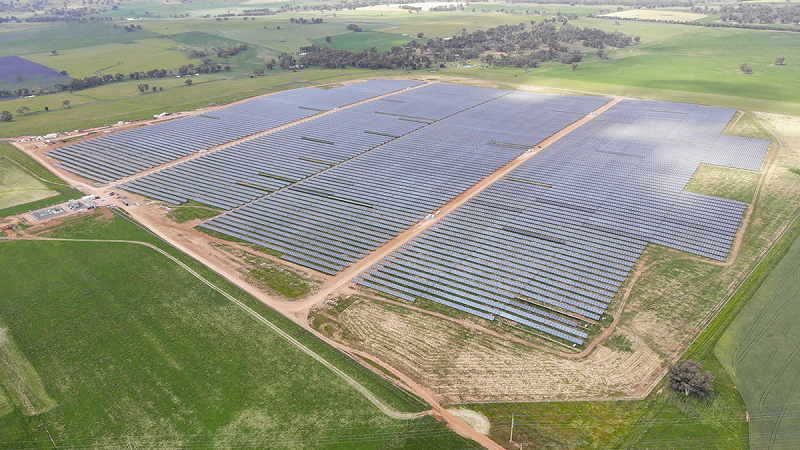
While solar PV and wind deployment will far outstrip additions from other electricity sources over the next decade, clean energy progress is still lagging behind what is needed to put global emissions into sustained decline towards net zero, the International Energy Agency (IEA) has warned.
In its flagship World Energy Outlook report, designed as a handbook for the COP26 Climate Change Conference in Glasgow next month, the IEA shows that even though record levels of renewables are being deployed globally, the world’s consumption of coal is growing strongly this year, pushing CO2 emissions towards their second largest annual increase in history.
Try Premium for just $1
- Full premium access for the first month at only $1
- Converts to an annual rate after 30 days unless cancelled
- Cancel anytime during the trial period
Premium Benefits
- Expert industry analysis and interviews
- Digital access to PV Tech Power journal
- Exclusive event discounts
Or get the full Premium subscription right away
Or continue reading this article for free
“The world’s hugely encouraging clean energy momentum is running up against the stubborn incumbency of fossil fuels in our energy systems,” said IEA executive director Fatih Birol.
“Governments need to resolve this at COP26 by giving a clear and unmistakable signal that they are committed to rapidly scaling up the clean and resilient technologies of the future.”
Following last year’s report, which labelled solar as the “new king” of power, the new research forecasts “strong growth” for renewables in each of the IEA’s three scenarios, reflecting policy support in more than 130 countries and the success of solar PV and wind in becoming established as the cheapest and most competitive sources of new electricity in most markets.
In the net zero emissions (NZE) by 2050 scenario, which is consistent with limiting global warming to 1.5 °C, annual solar PV and wind capacity additions would have to rise from the record 248GW achieved in 2020 to more than 1TW in 2030, requiring ambitions in emerging markets and developing economies, in particular, to be “raised significantly”. This route would see around 4.96TW of solar PV deployed globally in 2030.
Global electricity generation from solar PV and wind is 60% higher in NZE than in the announced pledges (APS) scenario, which maps out a path in which net zero emissions pledges announced by governments so far are implemented in time and in full, and the global average temperature rise in 2100 is held to around 2.1 °C.
Measures such as securing more capacity through auctions, streamlining permitting processes and raising minimum share requirements would be needed to expand annual solar PV and wind deployment to almost 470GW in 2030 in this roadmap, which would have 3.06TW of deployed PV by the end of the decade.
The final scenario, dubbed stated policies (STEPS), provides a more conservative benchmark, representing a path based on the energy and climate measures governments have put in place to date, as well as policies that are under development. In this model, annual emissions are still at around today’s levels, meaning global average temperatures are still rising when they hit 2.6 °C above pre-industrial levels in 2100.
Current policies in the STEPS scenario would see annual solar PV and wind capacity additions reach 310GW in 2030 – representing just a 25% increase on last year’s installs – when total solar capacity would reach 2.55TW.
“Today’s climate pledges would result in only 20% of the emissions reductions by 2030 that are necessary to put the world on a path towards net zero by 2050. Reaching that path requires investment in clean energy projects and infrastructure to more than triple over the next decade,” said Birol.
The report stresses that the extra investment to reach net zero by 2050 is “less burdensome than it might appear”. More than 40% of the required emissions reductions would come from measures that the IEA says would pay for themselves, such as installing solar or wind in places where they are now the most competitive electricity generation technologies.



